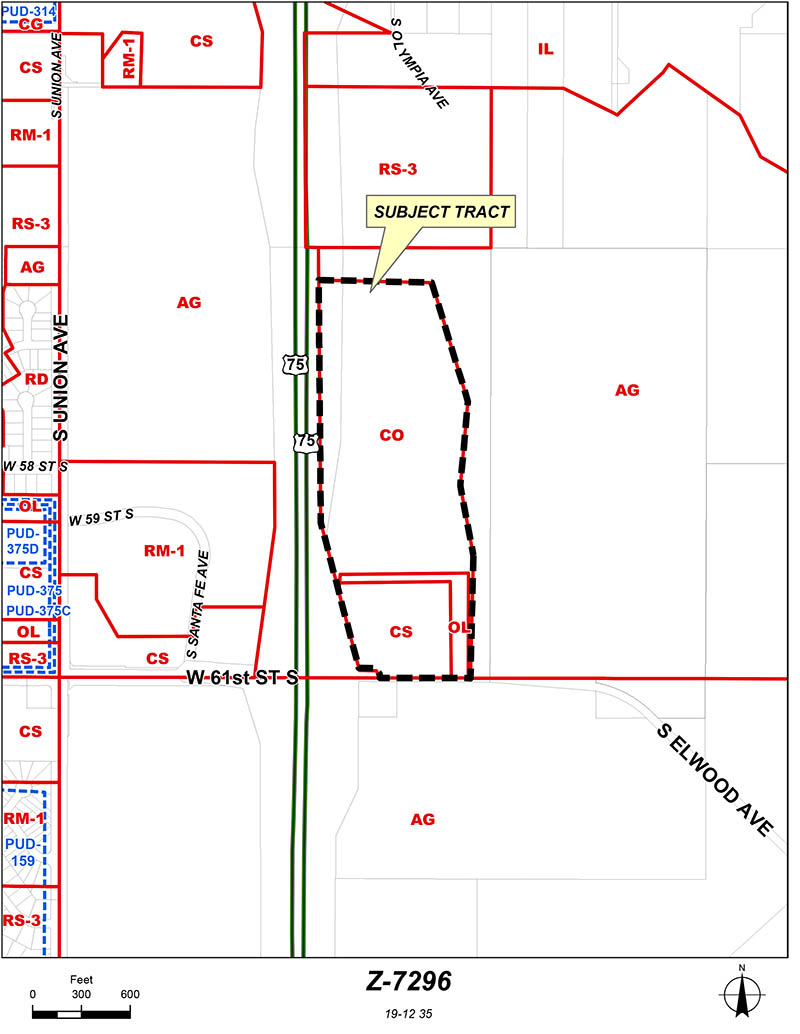Natural beauty
Tulsans make the case to protect Turkey Mountain
(page 4 of 4)
5. Green space supports public health.
Steve Schneider, an area representative of the International Mountain Bicycling Association, said it’s critical to preserve green space and mindfully manage natural recreation areas. He stressed the city’s “responsibility to invest in wellness and a healthier lifestyle for the Tulsa taxpayers” and challenged Simon to “settle up” with the landowner and look elsewhere for a mall site. Schneider also asked the city to undertake purchasing the land, to much applause.
“All across the south and midwest, we are dealing with hypertension, obesity, diabetes and the like,” Schneider said. “Destroying natural areas, especially green space already in use, will not encourage a healthier lifestyle. And we all know a healthier lifestyle lessens the chance of health issues we face, including less sick days at work, less strain on insurance costs, and the list goes on and on and on. So there is more to this story than the obvious conservation issues. … The only true green space in Tulsa right now is Turkey Mountain. That’s it. … Find some fundraising efforts. You have a lot of people in this room that will be glad to do that. … Raise the funds, secure this prized piece of land, keep it green and invest in the health, wellness and future of this community.”
The question of purchasing the property has arisen numerous times over these months, and Cue has emphasized the city’s lack of funds for the purchase. Tawney indicated at the March 17 meeting that he was working on raising funds or finding a buyer for the property.
Simon’s public meeting with the Planning Commission is anticipated to be June 17 at 1:30 p.m. in the Tulsa City Council Chamber, 175 E. 2nd St., 2nd Level.
Unless a larger space is selected, the meeting is likely to exceed capacity. Show up early, and whether or not you can make it, send your comments and concerns to Susan Miller, smiller@incog.org, or Dwayne Wilkerson, dwilkerson@incog.org. Follow the agenda and view submitted materials at TMAPC.org.
 Re-zoning: A public process
Re-zoning: A public process
As the property is currently zoned, more than 1 million square feet of development potential could be realized now, without any public involvement. If the site’s existing zoning was a good fit for the mall, Simon would go straight into the permitting process. The only reason Tulsans get a say in the proposed development is because re-zoning requests require a public hearing process.
Most of the property is currently zoned Corridor. One part of it is zoned Commercial Shopping, and a small strip is zoned Office Light. The east and north borders of the property are zoned Agriculture (see Zoning Map).
According to Lou Reynolds, the Tulsa attorney representing Simon, the Agriculture districts will remain as such, but Simon is seeking Corridor zoning for the site’s Office Light and Commercial Shopping districts. Corridor is a customizable zoning district developed through a site-specific public hearing process. Depending on the circumstances, a Corridor district can be limited to only a few uses or a wider range of uses.
INCOG, a regional planning organization, oversees zoning for the city of Tulsa and unincorporated Tulsa County. INCOG also provides the primary staff to the Tulsa Metropolitan Area Planning Commission, a recommending body comprised of 11 citizen volunteers. When existing zoning doesn’t suit landowners’ needs, they go to INCOG for professional planning advice and assistance. INCOG then takes submissions before the Planning Commission and offers a recommendation for or against approval. Simon’s initial submittal (see Preliminary Site Plan on p.1) to INCOG has been the subject of in-depth public discussion. Simon is still working on a final submittal to INCOG and pushed its March 18 public meeting with the Planning Commission back to June 17.
“That meeting is the first time that you as the public has the opportunity to stand up and weigh in on that decision making process,” INCOG Land Development Manager Susan Miller said at the public meeting March 17. “So the Planning Commission considers our recommendation as professional planning staff … as well as every other comment that is presented to them in the meeting. ... We don’t live on the street, and we don’t see what happens in your neighborhood. And those are things that they need to hear from you.”
If the Planning Commission rejects the proposal, Simon must file an appeal before it can go before City Council (the plan will get to City Council either way; a rejection only necessitates this extra step on the applicant’s end). If the Planning Commission recommends approval, the proposal goes before City Council and a second public hearing. In Simon’s case, the latter hearing will likely take place three to four weeks after the former due to the expected turnout at the Planning Commission meeting June 17. If City Council approves the plan, the ordinance becomes effective about a month later.
Read about the potential environmental impacts of the proposed development here. For more from Molly, learn about the state of public schools with Dr. Ebony Johnson, hear from Oklahoma filmmaker Sterlin Harjo and check out her wellness tips for helping yourself in 2015.


.jpg)
.jpg)
